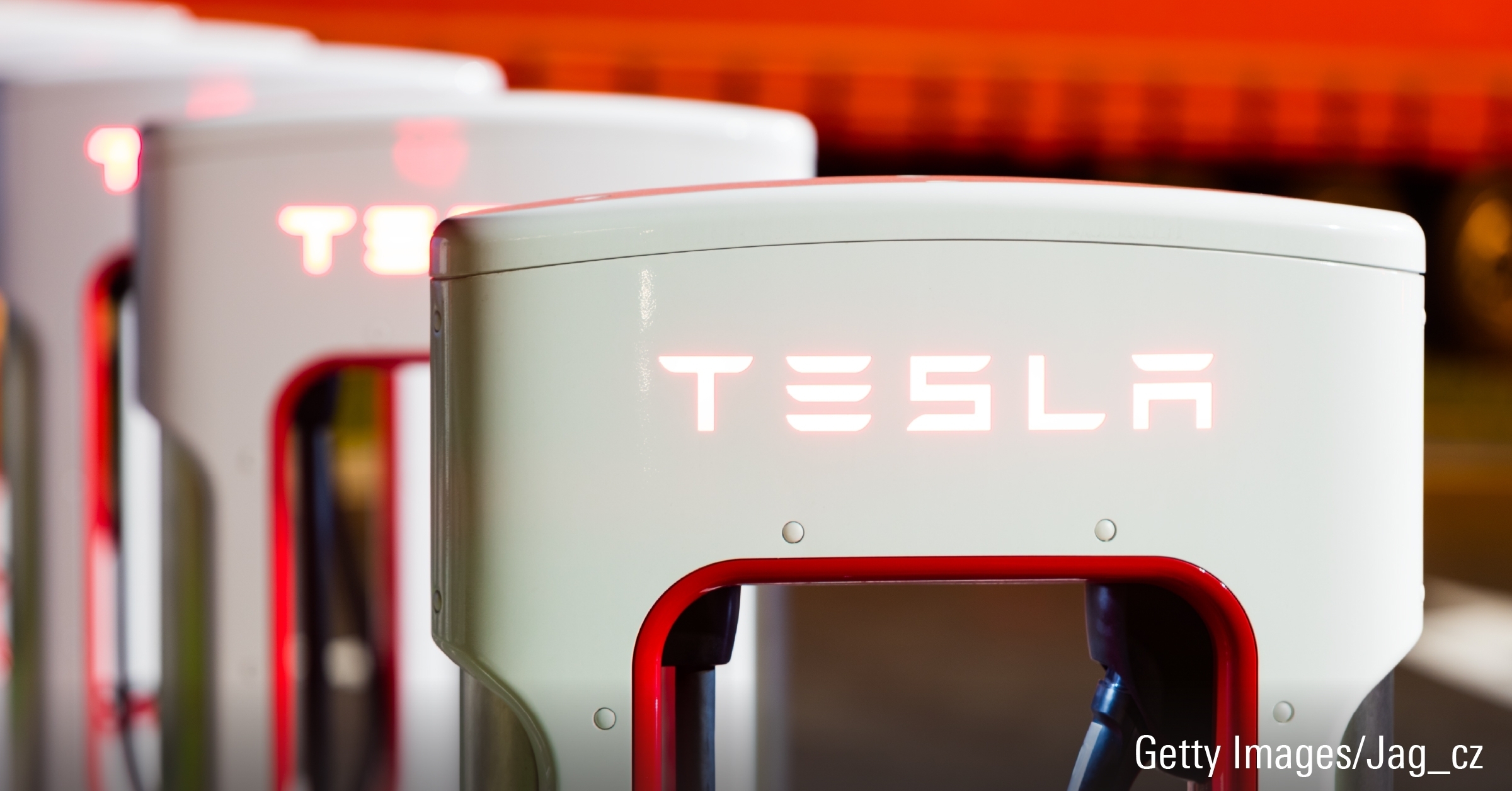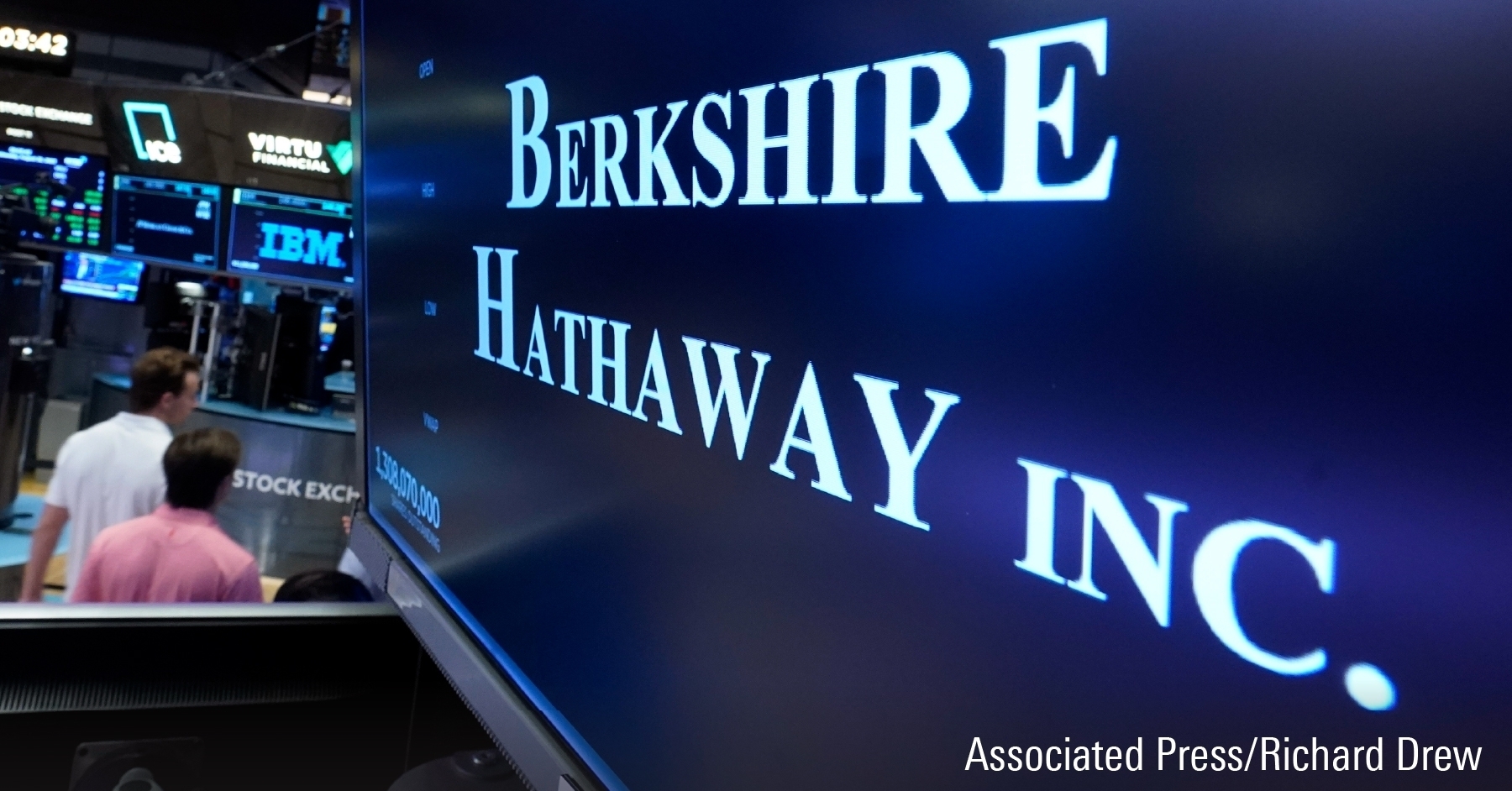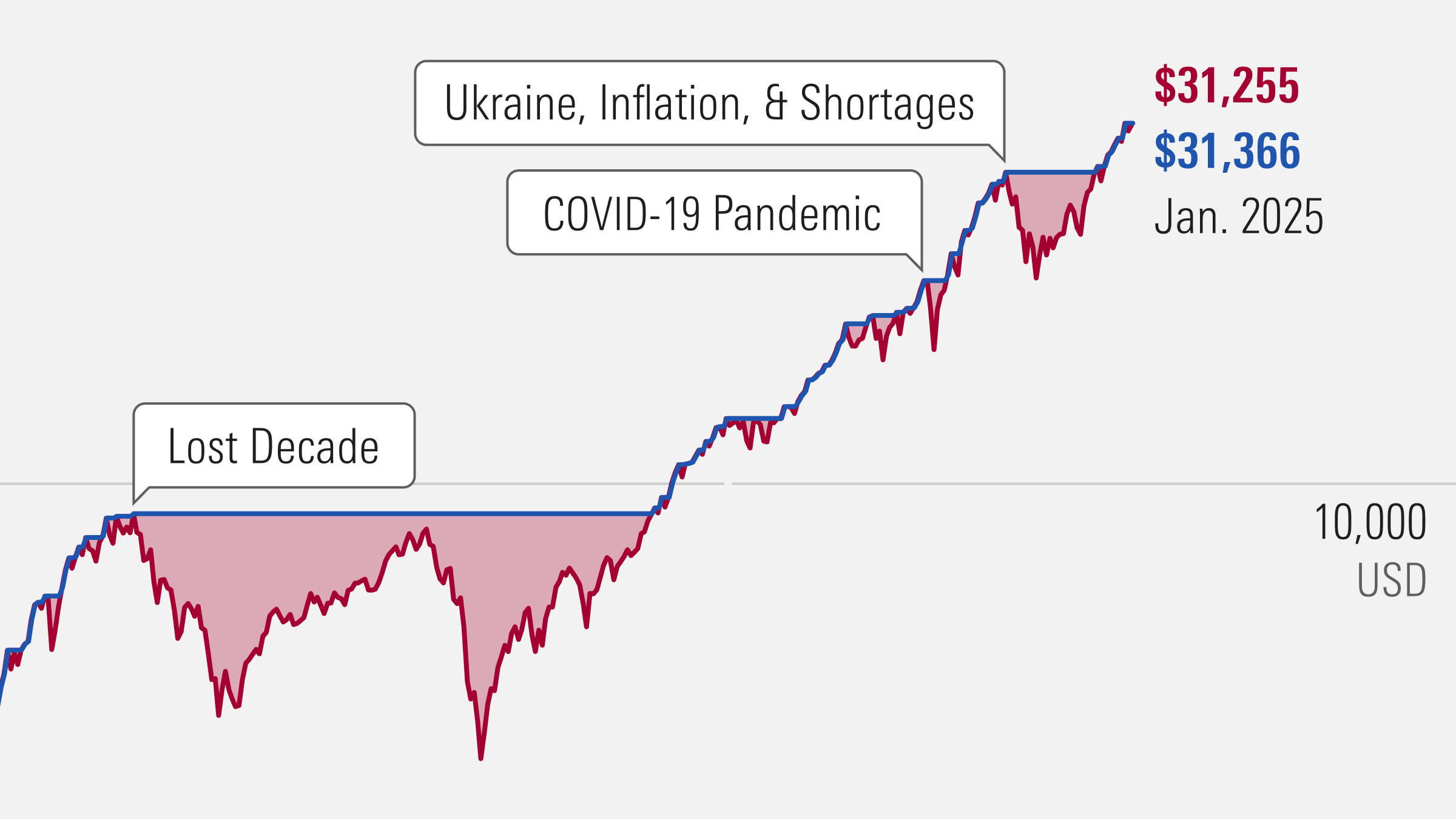
For roughly the past decade, our primary objective with Ultimate Stock-Pickers has been to uncover investment ideas that our equity analysts and top investment managers find attractive, in a manner timely enough for investors to gain some value. As part of this process, we analyze the quarterly and monthly holdings of 26 separate investment managers: 25 managers oversee mutual funds covered by Morningstar's manager research group and four Stock-Pickers run the investment portfolios of large insurance companies. As the data from their holdings becomes available, we identify trends and outliers among their holdings as well as meaningful purchases and sales that took place during the period under examination.
In our last article, we walked through our early read on our Ultimate Stock-Pickers' purchasing activity during the first quarter of 2022. The piece itself was an early read on individual purchases—focused on high-conviction and new-money buys—that were made during the period, based on the holdings of almost all our top managers. Now that all Ultimate Stock-Pickers have reported their holdings for the period, we think it is appropriate to examine our managers' high-conviction purchases and sales in aggregate. As stock prices have changed since our Ultimate Stock-Pickers made their buying and selling decisions, we urge investors to analyze securities at current valuation levels before making any investment decisions—we will provide our fair value estimates, moat ratings, stewardship ratings, and uncertainty ratings to help them along the way.
Morningstar's analysis shows eight of the top 10 conviction holdings have a wide economic moat, with the other two having a narrow moat. However, only four of the 10 companies composing the top 10 high-conviction purchases list have a moat, a departure from last quarter, where nine of the 10 names had moats. On the conviction sales list, nine out of the 10 names were moatworthy.
Considering that many of the Ultimate Stock-Pickers are long-term investors, we were not surprised to see that the composition of our top 10 conviction stock holdings list was largely the same as the prior quarter. As it did the quarter before, Alphabet (GOOGL), Google’s holding company, retained the top spot on our list, with 18 funds holding. Our Ultimate Stock-Pickers indicate a preference for communication services with three communications companies on our top 10 list. Our Stock-Pickers also continue to hold companies from the technology and financial services sectors. Our current fair value estimates imply that at the time of writing, only two of the firms on our top 10 conviction holdings list—Apple (AAPL) and UnitedHealth (UNH)—are materially overvalued. However, the remaining names on our top 10 conviction holdings list all trade near fair value or at a slight discount to Morningstar fair value estimates.
All the names on our top 10 conviction holdings list were held by at least nine of the funds we examined. Today, we’ll take a closer look at Amazon (AMZN), BlackBerry (BB), and Starbucks (SBUX).

Wide-moat Amazon was held by 10 funds at the time of writing. This medium uncertainty stock currently trades at a discount to Morningstar analyst Dan Romanoff’s fair value estimate of US$192. Amazon is a leading online retailer and one of the highest-grossing e-commerce aggregators, with US$386 billion in net sales and approximately US$578 billion in estimated physical/digital online gross merchandise volume in 2021. The firm is a household name and offers Amazon Web Services, or AWS, and advertising along with its retail business.
Romanoff notes that Amazon dominates its served markets, notably for e-commerce and cloud services. It benefits from numerous competitive advantages and has emerged as the clear e-commerce leader given its size and scale, which yield an unmatched selection of low-priced goods for consumers. The secular drift toward e-commerce continues unabated with the company continuing to grind out market share gains despite its size. Prime ties Amazon’s e-commerce efforts together and provides a steady stream of high margin recurring revenue from customers who purchase more frequently from Amazon’s properties. In return, consumers get one-day shipping on millions of items, exclusive video content, and other services, which result in a powerful virtuous circle where customers and sellers attract one another. The Kindle and other devices further bolster the ecosystem by helping attract new customers, while making the value proposition irresistible in retaining existing customers. Romanoff stresses that through AWS Amazon is also a clear leader in public cloud services.
Furthermore, the firm’s advertising business is already large and continues to scale, thus offering an attractive option for marketers looking to access a vast audience with a variety of proprietary data points about those very consumers. AWS, advertising, and subscriptions are growing faster than e-commerce with the exception of the 2020 spike in online shopping. Romanoff expects these three areas to be the main growth drivers over the next five years. This is critical, as each of these segments drives higher margins than the corporate average, which in turn should allow both operating profit and EPS to outgrow revenue as margins continue to expand.
From a retail perspective, Romanoff expects continued innovation to help drive further share gains. He looks for continued penetration into categories such as groceries and luxury goods that have not previously translated into the same level of success as other retail categories. He also sees technology advancements in AWS and a bigger push to service enterprise customers as helping to maintain the company’s lead there. Overall, Romanoff sees strong revenue and free cash flow growth for years to come.
Romanoff assigns Amazon a stable moat trend. From an e-commerce perspective, he believes the trend skews positive because of secular shifts to online commerce from traditional brick-and-mortar retailers. But on the flip side, Romanoff sees larger retailers getting their e-commerce houses in order and anticipates greater e-commerce competition over time. Romanoff also views the moat trend for the AWS side as stable.

This quarter, the Ultimate Stock-Pickers’ Top 10 Stock Purchases list was composed of many names without a moat, a stark departure to the quarter prior. The distribution of names was varied, with consumer cyclical, technology, industrials, financial services, and basic materials all represented. One company that stood out to us was BlackBerry, which was once known for being the world’s largest smartphone manufacturer.
No-moat BlackBerry currently trades at a slight discount to Morningstar analyst Will Kerwin’s fair value estimate of US$8.80. Now, Blackberry is exclusively a software provider, with a stated goal of end-to-end secure communication for enterprises. The firm provides endpoint management and protection to enterprises, specializing in regulated industries like government, as well as embedded software to the automotive, medical, and industrial markets.
Kerwin believes that BlackBerry has positioned itself in rapidly growing markets that benefit from secular trends toward security and connectivity, but he thinks it has a long way to go to earn a durable competitive advantage. BlackBerry sells software into enterprise cybersecurity applications and embedded applications like cars. Its flagship enterprise product is the Spark suite, which combines unified endpoint management with endpoint protection. In the automotive market, BlackBerry’s QNX software powers infotainment systems, where it leads the market, as well as electronic control units and advanced driver-assistance systems.
Kerwin notes that BlackBerry performs best in regulated industries, such as government, financial services, and healthcare, where security and privacy are more mission critical. CEO John Chen has helped turn the business around after its handset decline, primarily via software acquisitions like Good Technology and Cylance. Kerwin thinks the metrics of BlackBerry’s success going forward will be an ability to gain market share against larger incumbents and improving profitability. He believes that the core of its technology—both in cybersecurity and automotive software—is strong, but he is disappointed in a lackluster ability to use this technology to maintain solid growth or gain market share.
Kerwin expects BlackBerry to focus on its go-to-market approach for its enterprise offerings to gain market share. While Kerwin notes that BlackBerry is well recognized in regulated industries, it will have to improve its ability to sell into a broader base of enterprises to grow. After a slew of acquisitions during Chen’s pivot, he now expects BlackBerry to focus on organic investment in operating expenses to spur growth. Kerwin thinks the firm’s greatest growth opportunities will come from connected and autonomous vehicles and expects BlackBerry’s QNX software to benefit in the short and medium term from increasing levels of autonomy worldwide, with its partnership with Amazon for its IVY platform giving it a longer-term growth opportunity in connected and autonomous cars.

Much of the selling activity on the Ultimate Stock-Pickers’ top 10 Conviction Sales list came from the financial services sector, which contributed four names to the list. More than half the names on the conviction sales list traded at a notable discount to our fair value estimates, while three firms (Apple, Progressive (PGR), and Marsh & McLennan Companies (MMC)) were materially overvalued. Wide-moat Starbucks currently trades at a discount to Morningstar analyst Sean Dunlop’s fair value estimate of US$100.
Starbucks is a name that needs little introduction, operating nearly 34,000 stores across more than 80 countries as of the end of fiscal 2021. The firm operates in three segments: North America, international markets, and channel development (grocery and ready-to-drink beverage). The coffee chain generates revenue from company-operated stores, royalties, sales of equipment and products to license partners, ready-to-drink beverages, packaged coffee sales, and single-serve products.
Starbucks is the largest specialty coffee chain in the world, generating some US$29 billion in sales during fiscal 2021. The firm’s attention to premium-quality coffee distinguishes it from chained competitors (alleviating pressure from quick-service restaurant competitors and at-home consumption), allowing Starbucks to charge substantially higher prices while creating a buzz around what has historically been a commoditized product.
While the subindustry has attracted significant competitive attention, Dunlop notes that Starbucks' premium positioning has allowed the firm to outflank competitors, leveraging its brand to raise prices 6.8% annually in the U.S. over the last five years, healthily in excess of category inflation. Commanding unit economics, with payback periods in the ballpark of a year and a half (against three to six years in the broader QSR space), should pave the way for mid-single-digit unit growth through 2031, in his view, as the firm increases penetration in its core company-owned markets (the U.S. and China) and with license partners in more than 80 global markets.
Starbucks’ recent strategic focus on streamlined operations, adjacent menu innovation, digital engagement, and selective store closures strikes Dunlop as appropriate, with new openings concentrated in underpenetrated middle America and Chinese markets. While the firm's trade area initiative created growth headwinds in 2020, as the firm closed 800 underperforming units in the U.S. and Canada, it should provide a durable foundation for unit development as the chain adjusts to a world that seems poised to skew toward off-premises sales, closer to home.
Low barriers to entry and minimal switching costs render the restaurant industry very competitive, making it difficult for most operators to develop an economic moat. For Dunlop, firms that are able to do so generally lean into a brand intangible asset or a scale-driven cost advantage, with those sources often arising in tandem. While brand intangible assets are often difficult to definitively quantify, Dunlop assesses brands based on their ability to generate comparable store sales growth (price, mix, and traffic) in excess of category inflation, carry a banner to international markets, and create value for franchisees (where relevant), while cost advantages often materialize through lower general and administrative costs as a percentage of systemwide sales and superior restaurant-level margins.
In his view, Starbucks is one of the few operators in our coverage that boasts a wide economic moat, with brand strength (evidenced by pricing power), attractive unit-level economics, successful international replication, and strong results in the retail channel underpinning its brand intangible asset.
























